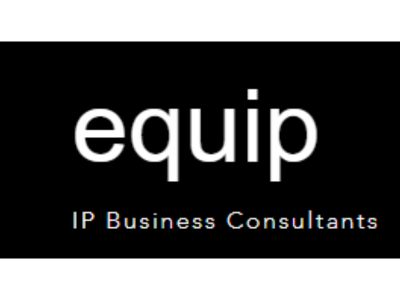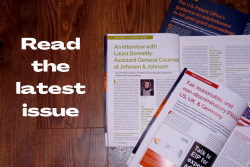
To protect our designs, ideas, and innovations, we must think like an infringer. May AI allow bad actors to knock off your design… and get away with it? First, we need to understand AI-assisted design. Like all new tech, AI will follow Amara’s law.
We overestimate the short-term impact and underestimate the long-term effects. AI will not replace designers any time soon. AI is, however, already a useful tool for the design processes. By providing AI with suitable prompts, we can summon design concepts instantly to give the designer ideas and inspiration.
The AI can also assist in writing your prompt:

AI lacks the capacity for original thought; instead, it offers a sophisticated imitation of what already exists based on the prompt. Consequently, its results can often quickly resemble well-known existing creations while not being an outright copy. This quirk is not useful for the designers, but savvy infringers may use it to limit your legal protection.

Asking the AI to draw “a luxurious and iconic lounge chair” is not an infringement in itself. Most designs are automatically protected by copyright and relevant unfair competition rules.
You may also register your design for a Registered Design (Design Patent), but this protection is underutilized, and far less popular than its other registrable sibling: trademarks and patents. The low popularity is partly due to Design Patents’ unclear utility. The design is already protected by copyright and rules against unfair competition. Why spend additional money on registering it?
The true value of your intellectual property shows itself where the rubber hits the road, stopping infringements. Claims of both copyright infringement and unfair competition will typically demand proof that the original product was the starting point and is copied or imitated. You will have to prove that the infringer:
- Had knowledge of your original and
- Used the original as the basis for their imitation.
For most well-known products, the similarity and fame of the original can serve as proof, but now AI can make this much harder.
A common and effective defense is to provide other sources of inspiration than the original. This may show that elements are rather gathered from general trends and other designs than the original. This argument may not be entirely convincing, but its real threat lies in how sticky it is. Responding to cited prior art is highly time-consuming and will drive up the costs and risk of legal action.

Traditionally, this defense was naturally limited by existing products and drawings and the infringers’ ability to find them. AI, on the other hand, can generate unlimited prior art from thin air. A pointed AI prompt can generate hundreds or thousands of “prior art,” without any clear infringement of the original.

You may argue that the AI is itself creating illegal copies under copyright- or unfair competition laws. This is, however, a complex claim against the AI provider. Further, providers such as OpenAI have pledged to defend their business customers against copyright claims.
With minimal effort, a savvy infringer can now make an efficient defense by using AI-assisted design. This is Registered Design’s time to shine.
The test for infringement of a Registered Design is whether the copy generates the “same overall impression” as the original. There is no demand to prove that the infringer knew the original, or intentionally copied it. Consequently, prior art, AI or not, will not affect the evaluation. This is only one of many ways, Registered Design are a suitable protection for our future with AI-assisted innovation. Scarcity and value no longer come from generating a design, but from editing and selecting with real human insight, aesthetics, and creativity. As well as real-life testing.
The Design Registration is your stake in the ground when the human effort is invested. With the costs and effort of registering designs, this system will not kneel under floods of AI-generated content. At the end of the day, both AI and intellectual property law are just tools. It is up to us to use them well.

Written by Andreas Sætre Hanssen
Co-Founder, Lawyer, Equip AS
You may also like…
Pravin Anand conferred with the APAA Enduring Impact Award
Pre-eminent IP Lawyer and Managing Partner of Anand and Anand, Mr Pravin Anand, has been conferred with the...
The quiet power of confidentiality clubs in SEP litigation
In standard essential patent (SEP) disputes, especially those involving FRAND (Fair, Reasonable, and...
A $10 million patent win reduced to a $1 lesson in damages
In a decision that will resonate as a stark warning to patent litigants, the US Court of Appeals for the Federal...
Contact us to write for out Newsletter














